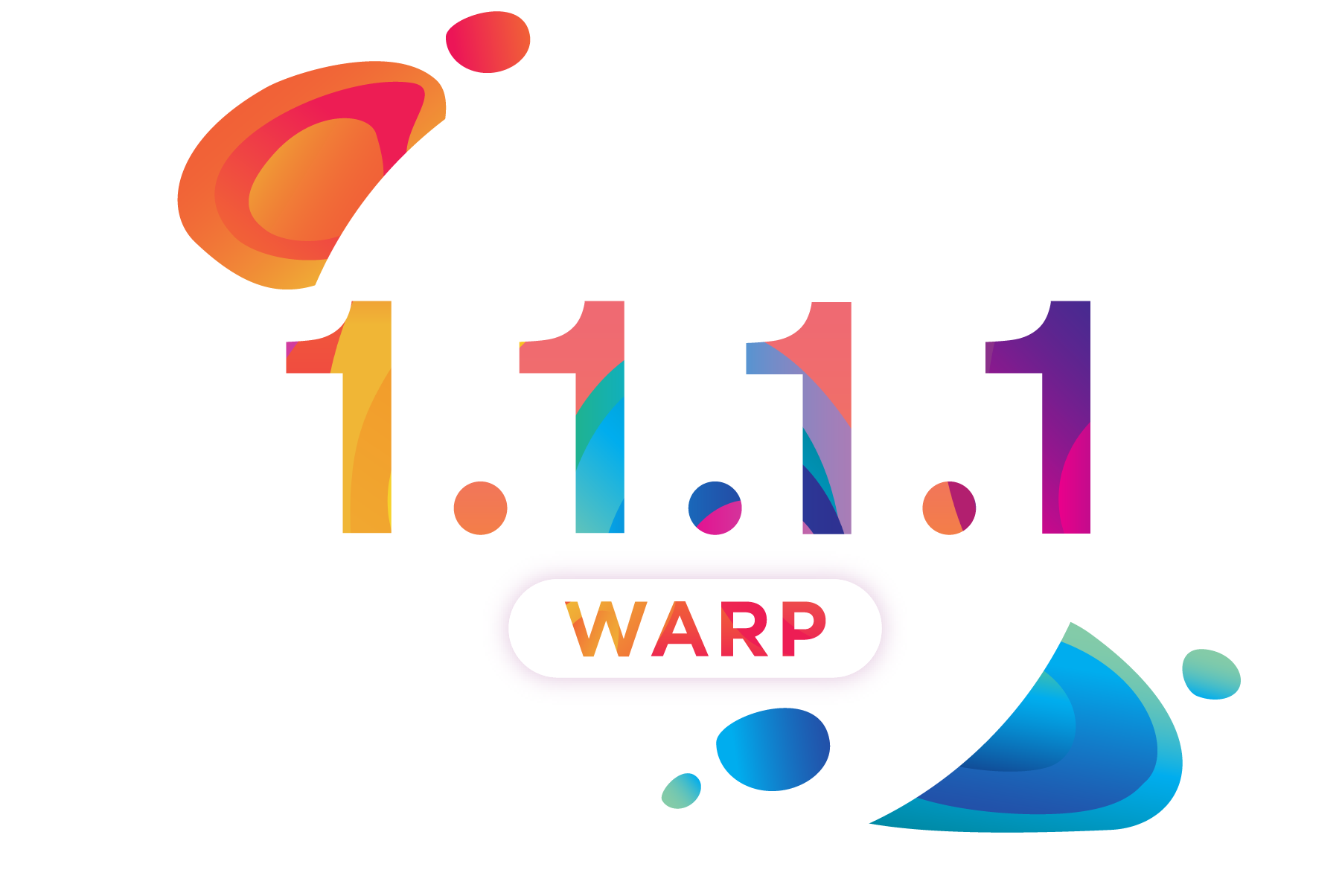Finding MAC addresses using Flexible NetFlow
The post Finding MAC addresses using Flexible NetFlow appeared first on Noction.
Automatic Clean-and-Updated Firewall Ruleset
This is a guest blog post by Andrea Dainese, senior network and security architect, and author of UNetLab (now EVE-NG) and Route Reflector Labs. These days you’ll find him busy automating Cisco ACI deployments.
Following the Ivan’s post about Firewall Ruleset Automation, I decided to take a step forward: can we always have up-to-date and clean firewall policies without stale rules?
The problem
We usually configure and manage firewalls using a process like this:
Read more ...Tech Bytes: How Arrcus Uses LSVR To Build Scalable Data Center Fabrics (Sponsored)
Today's Tech Bytes episode explores the Link State Vector (LSVR) protocol, an IETF draft standard that lets you use BGP to build a data center fabric. Sponsor Arrcus joins us to discuss how LSVR works, and how Arrcus's ArcOS network operating system leverages this protocol.
The post Tech Bytes: How Arrcus Uses LSVR To Build Scalable Data Center Fabrics (Sponsored) appeared first on Packet Pushers.
Kemp Acquired by Private Equity Firm Mill Point Capital
 The acquisition enables the application delivery controller and load balance provider to continue...
The acquisition enables the application delivery controller and load balance provider to continue...
The Week in Internet News: U.S. Census Seeks Help with Fake News from Tech Giants

Fake news fears: The U.S. Census Bureau is seeking help from Google, Facebook, and Twitter to fight off fake news during its 2020 population count, Reuters reports. Some groups appear to be targeting the census as a way to redirect congressional representation and federal funding.
Broadband for all: The Vermont House has voted for a bill to add funding for broadband deployment, including community broadband projects, Vermont Public Radio reports. About 17,000 Vermont residents don’t have broadband available, and many others have slow Internet service.
Copyright rules divide: New copyright rules in the European Union may lead to a different Internet experience there, The Verge says. With the EU’s Copyright Directive, there’s now a European Internet that feels different that the U.S. Internet and the authoritarian Internet in some countries, the story says. Among other things, the new rules allow publishers to charge platforms like Google News for displaying snippets of stories.
Encryption rising: The use of encryption by large companies has hit an all-time high, Dark Reading notes. About 45 percent of enterprises have encryption plans in place.
Fake news fighters: Facebook has launched a fake-news fighting effort in India as the country heads toward elections, Time. Continue reading
T-Mobile US Prolongs CFO Departure
 T-Mobile US has been pushing for the merger to close within the first half of 2019, but that...
T-Mobile US has been pushing for the merger to close within the first half of 2019, but that...
SDxCentral’s Top 10 Articles — March 2019
 VMware SD-WAN tops Cisco in new a IHS report; VMware-VeloCloud detail the road ahead for SD-WAN;...
VMware SD-WAN tops Cisco in new a IHS report; VMware-VeloCloud detail the road ahead for SD-WAN;...
VMware Fixes Security Flaws in vCloud Director, Hypervisor Software
 The company issued patches for vulnerabilities found in vCloudDirector for service providers as...
The company issued patches for vulnerabilities found in vCloudDirector for service providers as...
Switzerland’s Leading Provider of Customized Financial Services for Dental Facilities Ensures the Safe Handling of Patient Records
The core business of Zahnärztekasse AG revolves around financial services for dentists and therefore secure patient records. The 33 employees look after the fee management of over 1,000 dental facilities in Switzerland. Recently, the company introduced a new level of security, because in the face of current threats and threats of cybercrime, sensitive data can fall into the wrong hands. The dental facilities often ask about the level of safety of the IT products and services offered. In addition, it is necessary to comply with the new federal law on data protection, the Swiss counterpart to GDPR. Therefore, IT security is very important. A digital transformation was necessary, because the systems in use were not completely protected against current threat scenarios. Furthermore, Zahnärztekasse was also striving for an ISO certification.
Interfaces and platforms already digitized
Digitalization is a major challenge for the conservative dental market. Zahnärztekasse has responded to this trend by digitizing its assets including interfaces, various platforms (www.debident.ch and www.zahngeld.ch) and the iOS app Crediflex, and is now considered to be a market leader and pioneer in the field. As early as 2010, Zahnärztekasse started virtualizing its systems and built on this trend Continue reading
Ericsson and Nokia Put Firm Focus on 5G for Industry
 Vendors use Germany’s Hanover Fair as a showcase for industrial 5G and IoT applications.
Vendors use Germany’s Hanover Fair as a showcase for industrial 5G and IoT applications.
Network Break 228: ASUS Spanked By Malware; Cisco Launches Decibel Venture Firm
Take a Network Break. This week we analyze how ASUS got spanked by clever attackers, lazy software patching from Cisco and Huawei, a new venture firm funded by Cisco to spur enterprise startups, the latest release of OpenDaylight, and more IT news.
The post Network Break 228: ASUS Spanked By Malware; Cisco Launches Decibel Venture Firm appeared first on Packet Pushers.
Short Take – DNS Challenge And Response
DNS servers tend to be large and powerful machines with asymmetric traffic patterns. This leads to them being excellent tool for DDoS amplification attacks. In this Short Take, Russ takes a look at how DNS amplification works and some of the mitigating factors that can be taken to reduce the risk.
The post Short Take – DNS Challenge And Response appeared first on Network Collective.
Choose Simple Solutions
Replace “software” with “network,” and think about it. How often do network engineers select the chassis-based system that promises to “never need to be replaced?” How often do we build networks like they will be “in use” 20+ years from now? Now it does happen from time to time; I have heard of devices with many years of uptime, for instance. I have worked on AT&T Brouters in production—essentially a Cisco AGS+ rebranded and resold by AT&T—that were some ten or fifteen years old even back when I worked on them. These things certainly happen, and sometimes they even happen for good reasons.
But knowing such things happen and planning for such things to happen are two different mindsets. At least some of the complexity in networks comes from just this sort of “must make it permanent: thinking:
Many developers like to write code which handles any problem which might appear at any point in the future. In that regard, they are fortune tellers, trying to find a solution for eventual problems. This can work out very Continue reading
Introducing Warp: Fixing Mobile Internet Performance and Security


April 1st is a miserable day for most of the Internet. While most days the Internet is full of promise and innovation, on “April Fools” a handful of elite tech companies decide to waste the time of literally billions of people with juvenile jokes that only they find funny.
Cloudflare has never been one for the traditional April Fools antics. Usually we just ignored the day and went on with our mission to help build a better Internet. Last year we decided to go the opposite direction launching a service that we hoped would benefit every Internet user: 1.1.1.1.
The service's goal was simple — be the fastest, most secure, most privacy-respecting DNS resolver on the Internet. It was our first attempt at a consumer service. While we try not to be sophomoric, we're still geeks at heart, so we couldn't resist launching 1.1.1.1 on 4/1 — even though it was April Fools, Easter, Passover, and a Sunday when every media conversation began with some variation of: "You know, if you're kidding me, you're dead to me."
No Joke
We weren't kidding. In the year that's followed, we've been overwhelmed by the response. Continue reading
Lessons Learned in Cloud Networking – AWS vs Azure
I’ve been working a lot with cloud networking lately. I will share some of my findings as this is still quite new and documentation around some topics is poor. Especially on the Azure side. Let me just first start with two statements that I have seen made around cloud networking:
Cloud networking is easy! – Not necessarily so. I’ll explain more.
We don’t need networking in cloud! – Wrong. You do but in basic implementations it’s not visible to you.
This post will be divided into different areas describing the different components in cloud networking. You will see that there are many things in common between AWS and Azure.
System Routes
Within a VPC/VNET, there are system routes. If 10.0.0.0/22 was assigned to the VPC/VNET, there will be a system route saying along the lines of “10.0.0.0/22 local”. Subnets are then deployed in the VPC/VNET and there is full connectivity due to the system route. This route will point to a virtual router which is the responsibility of AWS/Azure. Normally this router will have a “leg” in each subnet, at the first IP address of the subnet, for example 10.0.0.1 for Continue reading



